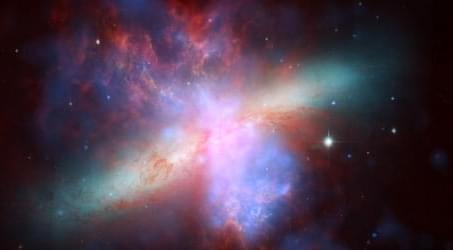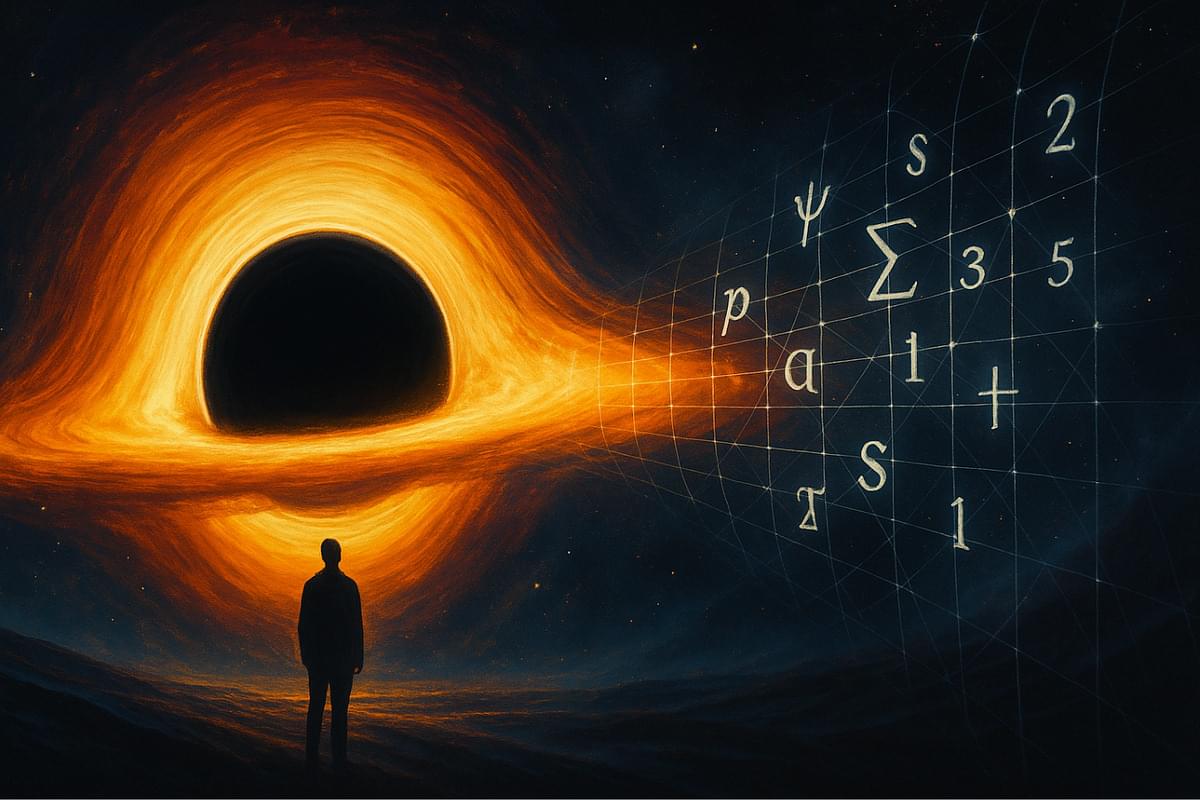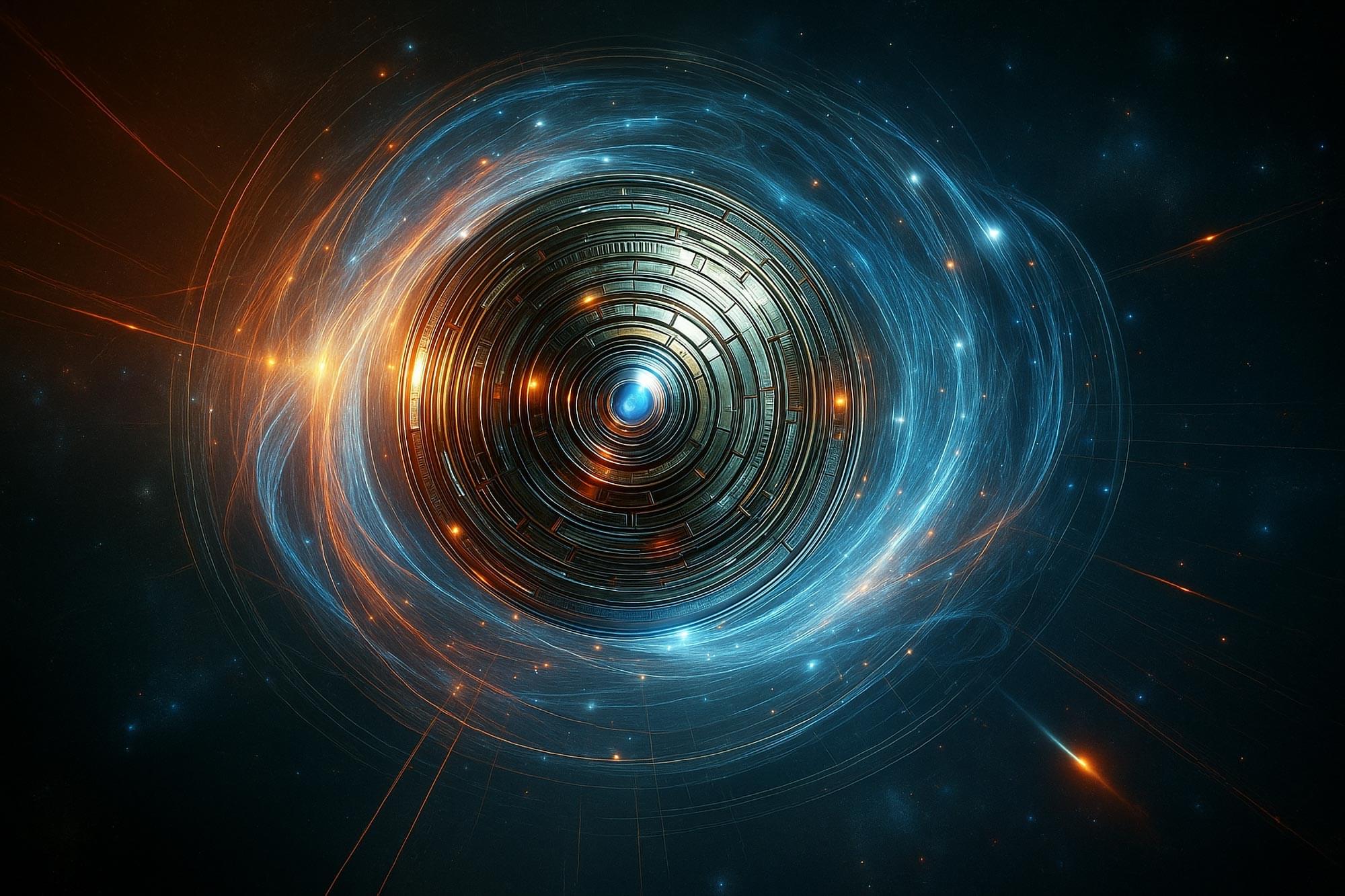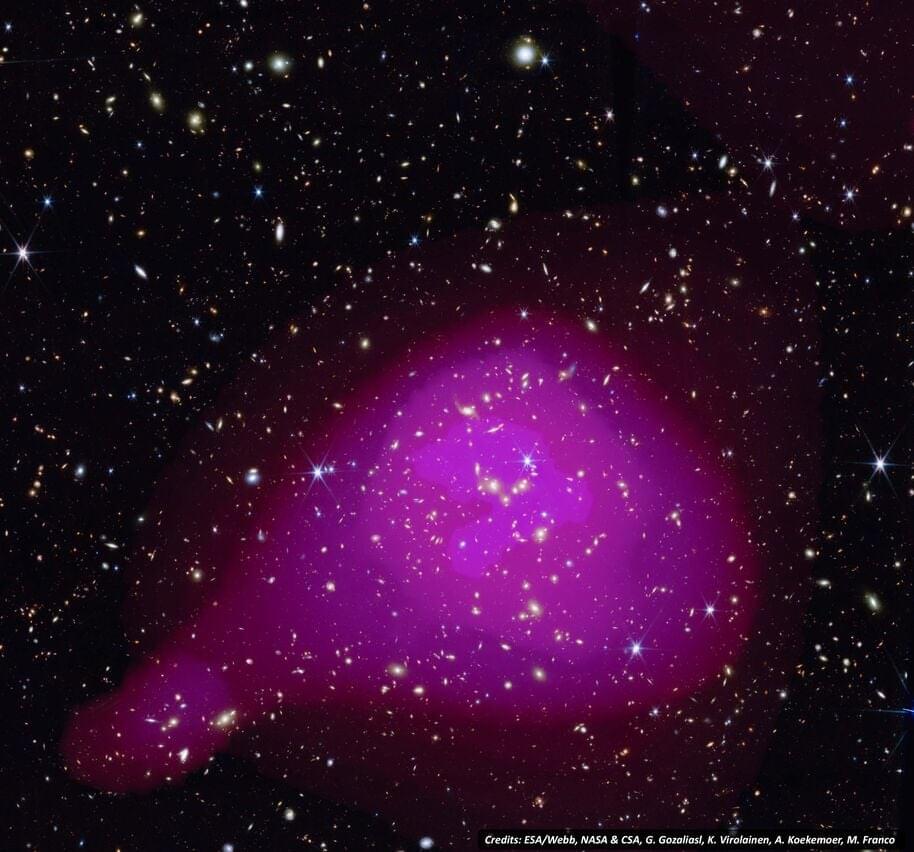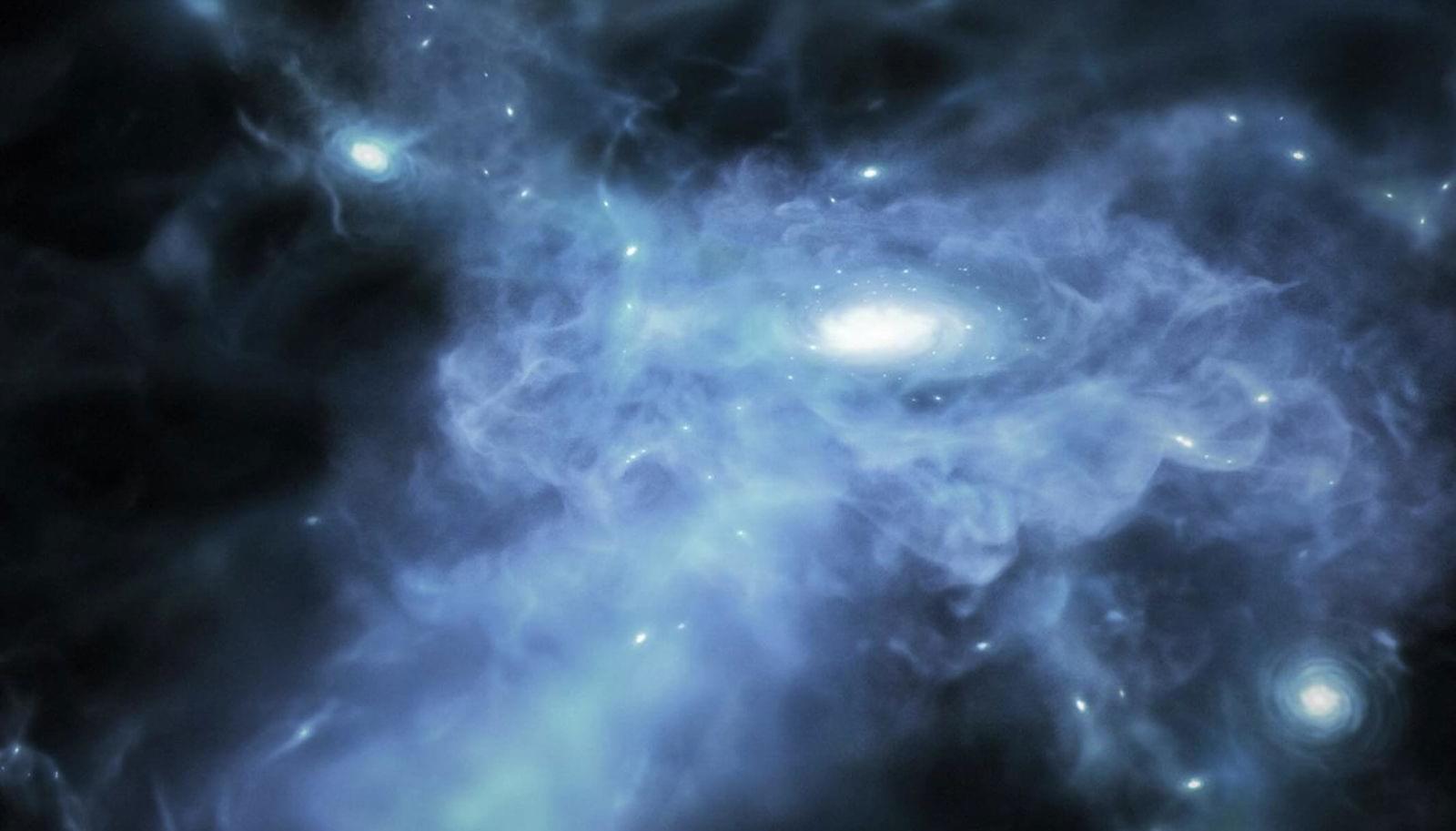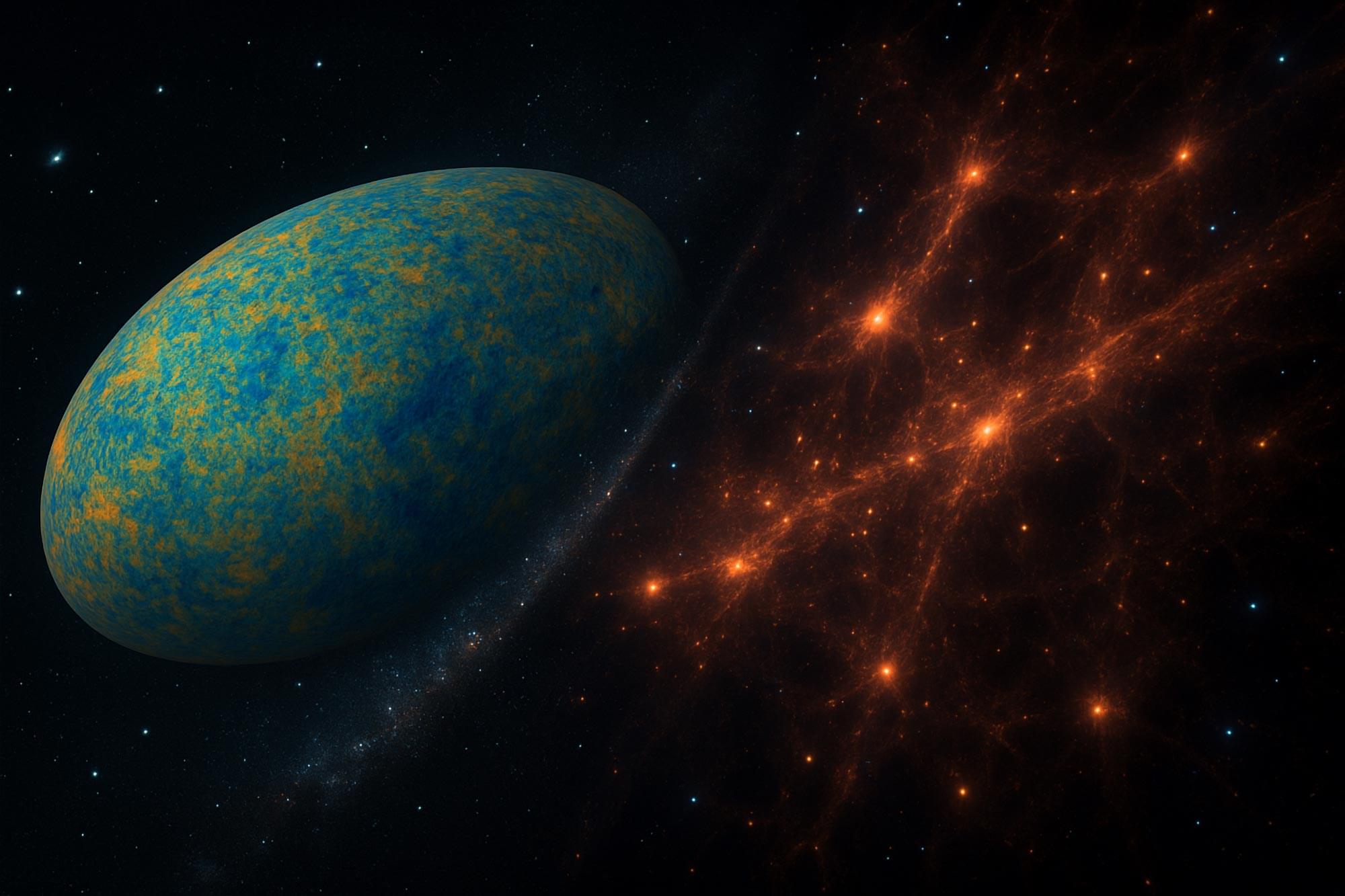In 2024 a shockwave rippled through the astronomical world, shaking it to the core. The disturbance didn’t come from some astral disaster at the solar system’s doorstep, however. Rather it arrived via the careful analysis of many far-distant galaxies, which revealed new details of the universe’s evolution across eons of cosmic history. Against most experts’ expectations, the result suggested that dark energy —the mysterious force driving the universe’s accelerating expansion—was not an unwavering constant but rather a more fickle beast that was weakening over time.
The shocking claim’s source was the Dark Energy Spectroscopic Instrument (DESI), run by an international collaboration at Kitt Peak National Observatory in Arizona. And it was so surprising because cosmologists’ best explanations for the universe’s observed large-scale structure have long assumed that dark energy is a simple, steady thing. But as Joshua Frieman, a physicist at the University of Chicago, says: “We tend to stick with the simplest theory that works—until it doesn’t.” Heady with delight and confusion, theorists began scrambling to explain DESI’s findings and resurfaced old, more complex ideas shelved decades ago.
In March 2025 even more evidence accrued in favor of dark energy’s dynamic nature in DESI’s latest data release—this time from a much larger, multimillion-galaxy sample. Dark energy’s implied fading, it seemed, was refusing to fade away.
